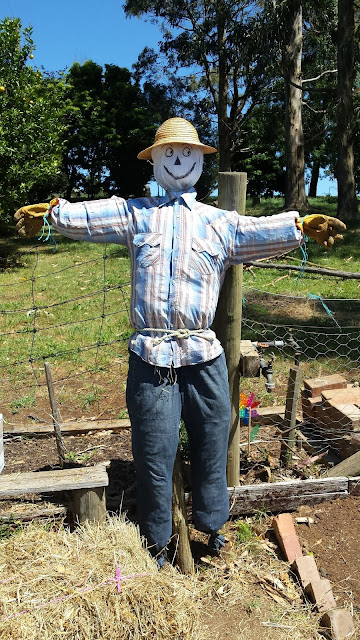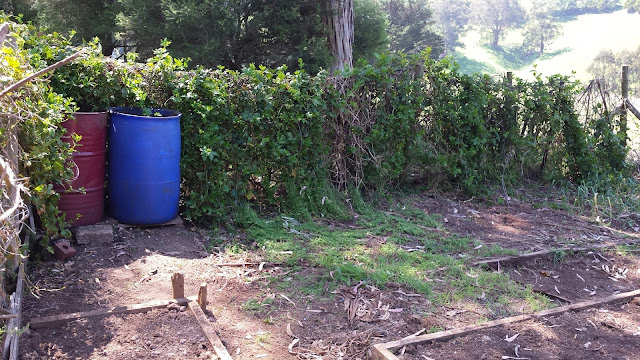But I saw some goat's milk on sale when I was shopping and decided to buy it, hoping to find a simple recipe for making goat's cheese.
Luckily, I found one that was perfect online, thanks to Roxanne McCoy, from Screamin' Oaks Farm in Kansas (great name for a property!).
She keeps goats and shared this simple recipe. It doesn't use a culture so it is technically more of a curd than a cheese and it only keeps in the fridge for a week, so best not to make a massive batch.
I have changed this to metric and reduced the amounts of each ingredient:
What you need:
- 1 litre of full cream goat's milk
- 17mls apple cider vinegar
- 1/2 teaspoon salt
- a saucepan
- a candy thermometer
- a spoon for stirring
- a piece of calico (I re-used a clean calico flour bag)
- kitchen string
To store:
- baking paper
- aluminium foil
OR a ceramic cheese pot
How To Make Goat Cheese:
Step 1 - Attach the thermometer to the side of the saucepan and tip the goat's milk into the saucepan. The bottom 2 inches of the thermometer should be in the milk.
Step 2 - Heat the milk to 85 degrees Celsius or 185 degrees Fahrenheit.
Step 3 - Add 17mls of apple cider vinegar to the milk- it should curdle a bit. Add the salt.
Step 4 - Keep it at this temperature for 10-15 minutes, stirring constantly. My hotplates kept raising the temperature, so I had to take the saucepan off the heat and return it a few times.
Step 5 - Line a colander or sieve with calico and put it in the sink.
Step 6 - Pour the milk mixture into the calico. You will note that the solid white parts stay in the calico and the clear liquid will run out and down the sink.
Step 8 - When it has stopped dripping, lay two 30cm x 30cm squares of baking paper on the bench. Tip half of the mixture on each square of paper. Sprinkle with a pinch of salt. Add any flavours you might like, chopped chives, dill, caraway seeds...whatever you fancy.
Step 9 - Fold the baking paper over the cheese and roll it like a sausage. Then twist both sides of the paper quite tightly, so that it forms a nice firm roll.
Step 10 - Wrap in aluminium foil to keep the shape and refrigerate.
Enjoy!!

























